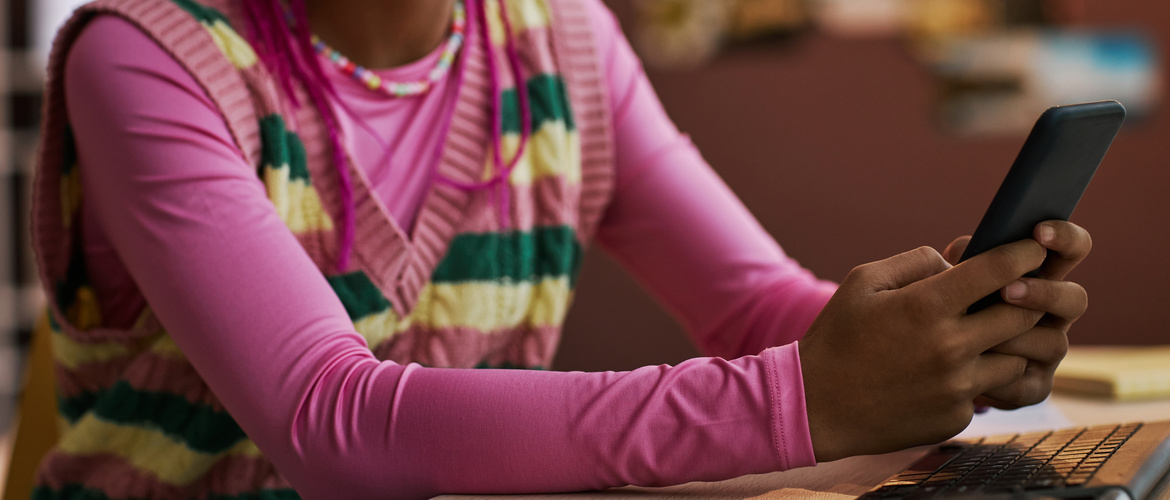
Smart phones and electronic diaries increase our ability to track behavioral and environmental factors temporally associated with migraine. But observational data do not establish causation.1,2 In assessing the true role of commonly perceived trigger factors, challenge studies are the gold standard.1 But little such research has been conducted, and results are unconvincing.1,3
In a recent study, more than three hundred people used a smartphone app daily to track prospectively both potential migraine triggers and actual migraine symptoms.2 On average, each participant recorded a total of 28 “triggers” over a ninety day period. But, of these 28 “triggers”, a mean of only two per person were significantly associated with increased risk of migraine in a specific individual.
Even with commonly-cited triggers such as sleep disruption, dehydration, stress and missed meals, fewer than a third of people who endorsed them found that these factors actually preceded a migraine episode.2 Individuals believe that their migraines are precipitated by a large number of widely heterogeneous factors, but few of these associations hold true on careful observational analysis. And here we are still discussing only association, not causation.
A paradox: triggers can be protective
A focus on triggers may lead to a sense of control, but also self-blame
A further complication is that factors associated with increased migraine risk in certain people seem to be protective in others. In a longitudinal study similar to that described above, of more than a thousand people with migraine who kept an electronic diary, 24 of 47 potential triggers were associated more closely with decreased risk of an episode than with increased risk.4 Among them were such commonly acknowledged triggers as caffeine, alcohol and chocolate.
Belief in trigger factors, and attempts to avoid them, are common. On the positive side, such efforts can give people with migraine a sense of empowerment. And, if the triggers are genuine, risk of migraine episodes will be reduced.
However, if triggers are not all that they seem to be, many people may unnecessarily be avoiding pleasurable experiences and activity, with reduced quality of life as a consequence. There is also a risk that failure to avoid perceived triggers will result in self-blame. And, if triggers are not truly causal, are we being distracted from the factors that are really responsible?3
Alcohol and chocolate
In a web-based study of more than two thousand participants in the Leiden University migraine project, wine (especially red) was cited as a common trigger by almost 78% of participants, but drinking wine consistently led to an attack in only 8.8%.5
No double-blind study showed a significant effect of chocolate ingestion on migraine risk6
Along with wine, chocolate is widely believed to precipitate migraine. However – and here we do have data from gold-standard challenge studies – the evidence for this belief is weak. Researchers recently reviewed the three studies which had tried to provoke an attack by having a person eat either chocolate or an indistinguishable non-chocolate control such as carob.6
In one study, there was a clear trend towards a greater frequency of headache following chocolate exposure. But no study showed a statistically significantly greater frequency of headache following chocolate ingestion than following ingestion of the control substance.
“Triggers” as prodrome not cause
Because they precede a migraine episode, factors such as food cravings and disturbed eating patterns have been considered possible triggers. But recent evidence from functional imaging suggests they may in fact be symptoms of a brain dysfunction that is already evolving – which would account for their temporal association with migraine without there being a causal role.3,7 [See Migraine burden is much more than pain | Progress In Mind.]
Prodromal symptoms may mimic triggers
An alternative explanation for the co-occurrence of certain behaviors and migraine episodes – along with an appreciation of the inconsistent evidence found both by careful observation and in experimental studies – are contributing to a reappraisal of the central role of traditional “triggers”.
However, it remains entirely possible that there are genuine triggers for migraine in certain individuals, that the threshold for a causal effect varies, or that triggering requires a combination of factors rather than any one operating in isolation. It should also be noted that the evidence for certain classes of trigger – notably hormonal fluctuations – is strong and consistent. [See Complex risk factors underlie a complex disease | Progress In Mind.]
BE-NOTPR-0369, Approved: 12-2023
